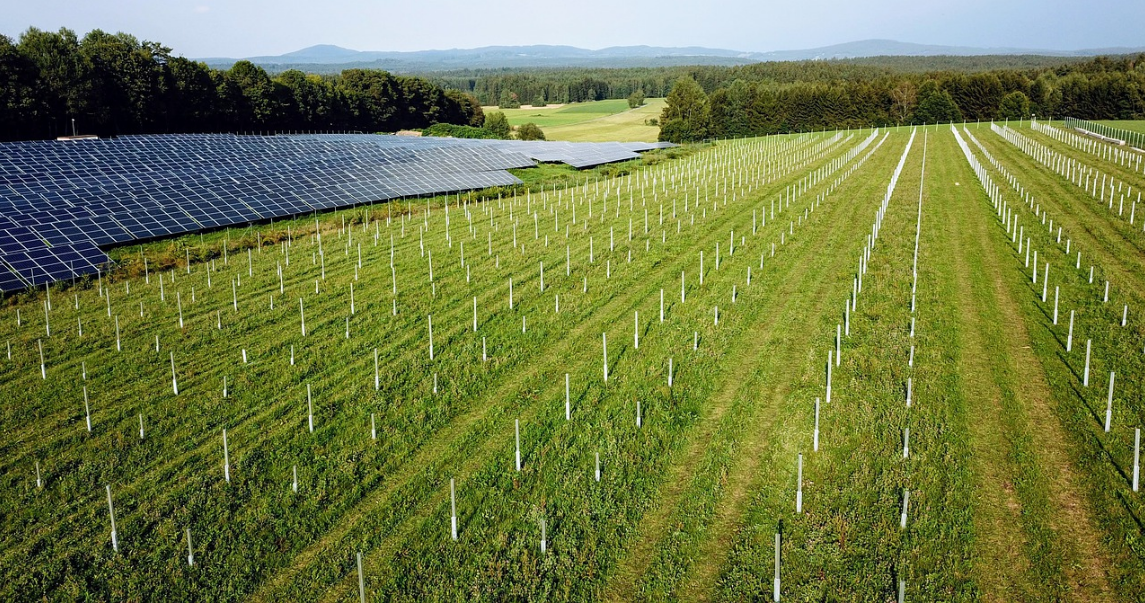U.K.-based market observer IHS Markit expects that the current supply chain issues in the PV industry will keep solar module prices high until at least 2023.
“Costs will resume their downward trend from 2023 once the polysilicon capacity levels up with other nodes of the module supply chain and power restrictions ease up in China for other key module materials like polymers and solar glass,” the analyst said in a statement. “Increased module efficiencies projected on module technology roadmaps i.e., passivated contact cells (TOPCon) or Heterojunction (HJT) will also contribute to lower ($/W) production costs from 2023 onwards.”
Despite this difficult cost environment, global solar PV installations are predicted to increase by about 20% in 2022 to reach a record annual capacity of over 200 GW for the first time.
According to the IHS Markit, PV systems costs increased by 4% year-on-year globally, which is having a significant impact only on the utility scale segment, with many projects being halted or delayed across the entire planet. It expects that the current high costs of freight and shipping delays will continue well into 2022, which would particularly impact the economics of international projects.
“There is significant appetite across global markets to invest in and develop solar installations, but the supply chain is just not ready to meet this level of demand, it needs time to adjust,” said IHS Markit analyst, Edurne Zoco. We have seen this most clearly in the polysilicon market, which will continue to be a bottleneck for solar PV growth into 2022, until planned new capacity is ramped up from 2023 onwards.”
The picture for solar distributed generation, by contrast, seems brighter, as large volumes are currently being deployed as an answer to skyrocketing electricity prices across big economies such as China, India, the United States, and Europe. “The strong growth of the distributed generation i.e., residential, commercial and industrial (C&I) sector has been one of the success stories of solar PV in 2021—boosted by the fuel crisis and surging electricity prices, particularly in markets across Europe,” said IHS Markit research manager, Josefin Berg.
This content is protected by copyright and may not be reused. If you want to cooperate with us and would like to reuse some of our content, please contact: editors@pv-magazine.com.




Great information!👍